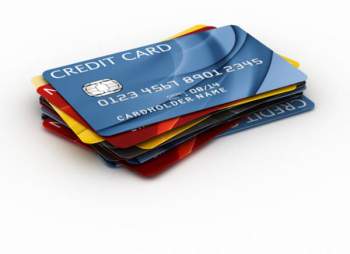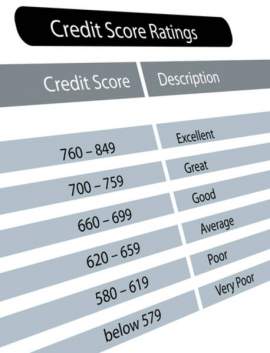
What You Must Know When Conducting a Credit Card Comparison

The
Definition of a Credit Card Comparison
A Credit Card Comparison is a method of analysis
undertaken by individuals interested in both the application, as well as the
receipt of a subsequent approval for eligibility for a credit card. Prior to
conducting a Credit Card Comparison, individuals are encouraged to not only
investigate the wide range of credit cards available for commercial patronage,
but also the components, terms, and conditions latent within the entirety of
the credit card institution.
Annual Percentage Rates (APR)
This type of interest is defined as an expressed
and established percentage of the gross available balance of a credit card,
which is added to the full amount in the midst of repayment.
Credit Limit
The maximum amount of funds available for use by
the individual owner of the credit card, these funds are required to be repaid
in addition to any accrued interest.
Understanding the Institution of Credit When
Conducting a Credit Card Comparison
The following standards and practices are amongst
the most commonly-referred and mentioned within the realm of the credit card
industry:
Your Credit Score and Credit Card Comparison
Your credit score is a rating that is determined
on an individual basis with regard to the respective credit history and
eligibility attributed to an applicant for credit cards. A credit score is
typically determined through the usage of the Fair, Isaacs, & Co. (FICO)
ratings system. This system undertakes the analysis of individual credit scores
upon the investigation of individual financial history.
Your Credit History and Credit Card Comparison
The enactment of individual Credit Card Comparison
should include an investigation into individual credit card history. Perhaps
the most influential component of the determination of credit scores through
the analysis of credit history is the process of repayment.
The repayment process addresses the level of
promptness and sufficiency of satisfying any or all outstanding credit card
balances. These results account for upwards of 35% of the determination process.
Additional factors include the median amount of
remaining funds available for use. This is defined as the amount of money spent
in conjunction with the remaining line of credit on an individual credit card. Typically,
individuals interested in the increase of their respective credit scores are
encouraged not to surpass the 50% mark.
Understanding Your Credit Rating Amidst a Credit
Card Comparison
The following classifications exist with regard to
the FICO credit ratings categorization:
Credit scores classified as ‘excellent’ will
typically range from 850 (the maximum score) to 740;
Credit scores classified as ‘good’ or ‘very good’
will typically range from 739 to 700;
Credit scores classified as ‘fair’ or ‘average’
will typically range from 699 to 620;
Credit scores classified as ‘low’ will typically
range from 619 to 580;
Credit
scores classified as ‘poor’ will typically range from 579 to 300 (the minimum
score).
Choosing a Credit upon the Initial Completion of a
Credit Card Comparison
When you have determined your individual credit
rating, credit score, and credit history, you will be able to explore standards
and practices of not only the approval process with regard to credit cards, but
also the terms and conditions latent within them.
Credit Card Comparison for ‘Excellent’ or ‘Good’
Credit Scores
Typically, individuals in possession of
‘Excellent’ credit scores conducting a Credit Card Comparison will be eligible
for the following:
The most attractive interest and annual percentage
rates (APR) ranging between 2% and 5%;
The highest credit limits;
Unsecured Credit Cards.
Credit Card Comparison for ‘Average’ or ‘Fair’
Credit Scores
Typically, individuals in possession of ‘Fair’ or
‘Average’ credit scores conducting a Credit Card Comparison will be eligible
for the following:
Annual percentage rates (APR) ranging between 8%
and 20%;
Average credit limits;
Both Secured or Unsecured Credit Cards.
Credit Card Comparison for ‘Low’ or ‘Poor’ Credit
Typically, individuals in possession of ‘low’ or
‘poor’ credit scores conducting a Credit Card Comparison will be eligible for
the following:
Annual percentage rates (APR) ranging between 10%
and upwards of 25%;
Comparably low credit limits oftentimes requiring
surety deposits;
Largely Unsecured Credit Cards.
NEXT: Interest Rates




















